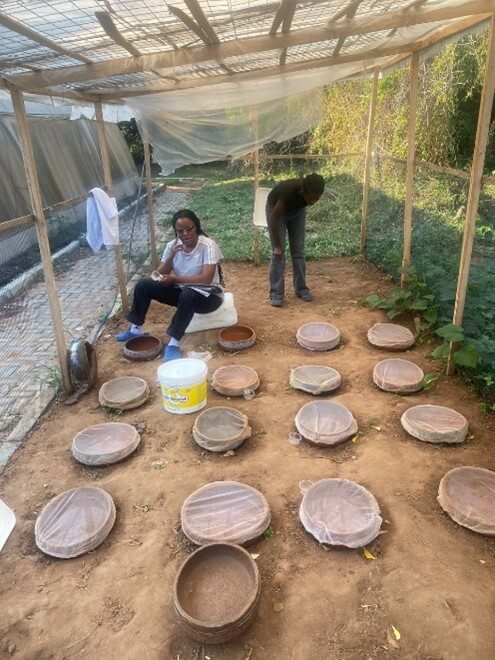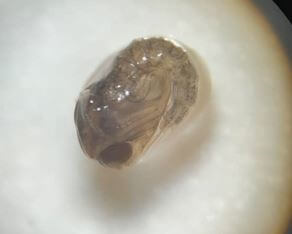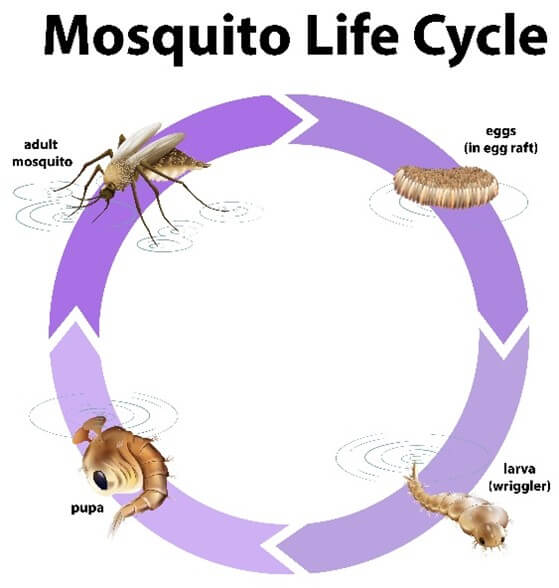Understanding the mosquito: Target Malaria Ghana’s mesocosm study

When most people hear about research into mosquitoes, they see it as fascinating. Today, I wish to delve into an innovative study by Target Malaria Ghana, which aims to shed light on one of Africa’s most pressing public health issues—malaria transmission. If you have been wondering how scientists unravel the secrets of these tiny, yet mighty creatures, your question is about to be answered.
The mesocosm magic
Target Malaria Ghana is conducting a mesocosm study at its laboratories, The Mosquito Ecology Facility, based in the Department of Animal Biology and Conservation, at the University of Ghana, Legon. A mesocosm study can be likened to a world where scientists create a miniature ecosystem an outdoor space that simulates the natural environment of mosquitoes. This is precisely the case where researchers control and observe mosquito populations under various conditions without the unpredictability of a natural setting or the rigidity of a lab.

Why mosquitoes?
In Ghana and many parts of the world, mosquitoes are more than just a nuisance – they are vectors of diseases like zika, west nile, chikungunya, dengue, and malaria. Together, mosquito-borne diseases claim over 700,000 lives every year around the world. Malaria alone kills over 600,000 mostly in Africa ( World Malaria Report 2023). Target Malaria Ghana is particularly interested in studying the Anopheles gambiae type, a primary culprit in malaria transmission in West Africa.
The study at a glance
In this mesocosm study, the scientists in the Mosquito Ecology Facility, are investigating how the population of Anopheles gambiae is regulated through measured actions like density manipulation, daily monitoring, and the observation of their transition to adulthood. To manipulate the density, the scientists vary the number of larvae in their mesocosm setups (from as few as 25 to as many as 400), this way, they can observe how different population densities affect the mosquitoes’ survival and development. Every day, they watch larval and pupal mortality rates, the time it takes for the larvae to develop, and the percentage of mosquitoes that do not survive to the pupation stage.

After the larvae become pupae and then adult mosquitoes, they are moved into the laboratory. Here, scientists study their emergence rates, size, and mortality to understand the long-term effects of their early life conditions.
As the mosquito population increases, competition for resources like food and space begins. This competition can influence their growth, survival, and overall health. By understanding these dynamics, Target Malaria Ghana hopes to develop effective protocols for mosquito rearing and, their control.

The broader vision
This study is not just an isolated scientific experiment, it is part of a larger scheme. Target Malaria Ghana is working towards developing protocols for rearing genetically modified mosquitoes. While Target Malaria Ghana does not study genetically modified mosquitoes, the objective of the mesocosm studies is to ensure that the genetically modified mosquitoes are introduced into the wild efficiently and sustainably.
In the fight against malaria, every piece of information counts. The mesocosm study by Target Malaria Ghana offers crucial insights into the life cycle of one of the world’s deadliest pests, the one that kills the greatest number of people in the world, mostly in Africa. By learning more about how mosquitoes live, grow, and die, scientists get a step closer to a world where malaria is a thing of the past.
